Related Research Articles
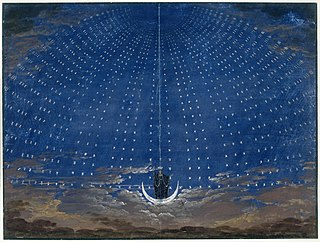
The Magic Flute, K. 620, is an opera in two acts by Wolfgang Amadeus Mozart to a German libretto by Emanuel Schikaneder. The work is in the form of a Singspiel, a popular form during the time it was written that included both singing and spoken dialogue. The work premiered on 30 September 1791 at Schikaneder's theatre, the Freihaus-Theater auf der Wieden in Vienna, just two months before the composer's death. It was the last opera that Mozart composed. Still a staple of the opera repertory, its popularity was reflected by two immediate sequels, Peter Winter's Das Labyrinth oder Der Kampf mit den Elementen. Der Zauberflöte zweyter Theil (1798) and a fragmentary libretto by Johann Wolfgang von Goethe titled The Magic Flute Part Two.

The Theater an der Wien is a historic theatre in Vienna located on the Left Wienzeile in the Mariahilf district. Completed in 1801, the theatre has hosted the premieres of many celebrated works of theatre, opera, and symphonic music. Since 2006, it has served primarily as an opera house, hosting its own company.
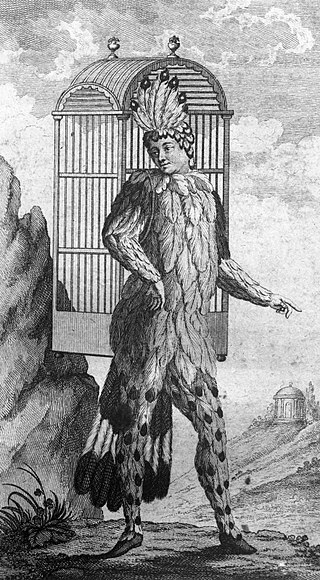
Emanuel Schikaneder was a German impresario, dramatist, actor, singer, and composer. He wrote the libretto of Wolfgang Amadeus Mozart's opera The Magic Flute and was the builder of the Theater an der Wien. Peter Branscombe called him "one of the most talented theatre men of his era". Aside from Mozart, he worked with Salieri, Haydn and Beethoven.

Peter Winter, later Peter von Winter, was a German violinist, conductor and composer, especially of operas. He began his career as a player at the Mannheim court, and advanced to conductor. When the court moved to Munich, he followed and later became kapellmeister of the opera there. His opera Das Labyrinth, a sequel to Mozart's Die Zauberflöte, was premiered in Vienna in 1798, and his Maometto at La Scala in Milan in 1817. His work has been regarded as a bridge between Mozart and Weber in the development of German opera.

Ignaz Xaver Ritter von Seyfried was an Austrian musician, conductor and composer. He was born and died in Vienna. According to a statement in his handwritten memoirs he was a pupil of both Wolfgang Amadeus Mozart and Johann Georg Albrechtsberger. He edited Albrechtsberger's complete written works after his death, published by Tobias Haslinger. His own pupils included Franz von Suppé, Heinrich Wilhelm Ernst, Antonio Casimir Cartellieri, Joseph Fischhof and Eduard Marxsen who would later teach Brahms.
Franz Xaver Gerl was a bass singer and composer of the classical era. He sang the role of Sarastro in the premiere of Mozart's opera The Magic Flute.
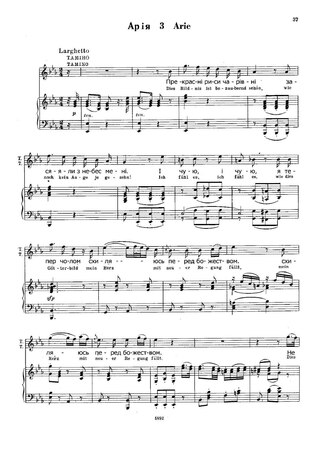
"Dies Bildnis ist bezaubernd schön" is an aria from Wolfgang Amadeus Mozart's 1791 opera The Magic Flute. The aria takes place in act 1, scene 1, of the opera. Prince Tamino has just been presented by the Three Ladies with an image of the princess Pamina, and falls instantly in love with her.

Benedikt Emanuel Schack was a composer and tenor of the Classical era, a close friend of Mozart and the first performer of the role of Tamino in Mozart's opera The Magic Flute.

Maria Josepha Weber was a German soprano of the classical era. She was a sister-in-law of Wolfgang Amadeus Mozart, and the first to perform the role of The Queen of the Night in Mozart's opera The Magic Flute (1791).

The Theater auf der Wieden, also called the Freihaus-Theater auf der Wieden or the Wiednertheater, was a theater located in the then-suburban Wieden district of Vienna in the late 18th century. It existed for only 14 years (1787–1801), but during this time it was the venue for the premiere of no fewer than 350 theatrical works, of which the most celebrated was Mozart's opera The Magic Flute. During most of this period the director of the theater was Emanuel Schikaneder, remembered today as librettist and impresario of The Magic Flute.

For the last seven years of his life Wolfgang Amadeus Mozart was a Mason. The Masonic order played an important role in his life and work.
Jakob Haibel was an Austrian composer, operatic tenor and choirmaster.
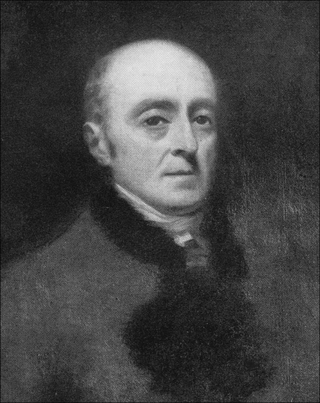
Carl Ludwig Giesecke FRSE was a German actor, librettist, polar explorer and mineralogist. In his youth he was called Johann Georg Metzler; in his later career in Ireland he was Sir Charles Lewis Giesecke. He is falsely accused of being the librettist of his friend Mozart’s The Magic Flute.
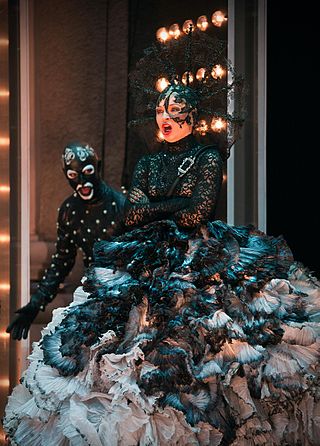
Das Labyrinth oder Der Kampf mit den Elementen. Der Zauberflöte zweyter Theil is a "grand heroic-comic opera" in two acts composed in 1798 by Peter von Winter to a German libretto by Emanuel Schikaneder. The work is in the form of a Singspiel, a popular form that included both singing and spoken dialogue. The opera is a sequel of Mozart's The Magic Flute.

Oberon, or The Elf King, or simply Oberon, originally known as Huon and Amanda, is a romantic Singspiel in five acts by Friederike Sophie Seyler, inspired by the poem Oberon by Christoph Martin Wieland, which itself was based on the epic romance Huon of Bordeaux, a French medieval tale. It has been named for two of its central characters, the knight Huon and the fairy king Oberon, respectively. Musicologist Thomas Bauman describes the work as "an important impulse for the creation of a generation of popular spectacles trading in magic and the exotic. Die Zauberflöte [The Magic Flute] in particular shares many features with Oberon, musical as well as textual."
Michael Lorenz is an Austrian musicologist, noted as a Mozart scholar and for his archival work combining music history and genealogical research.
Der Stein der Weisen, oder die Zauberinsel is a singspiel in two acts, jointly composed by Johann Baptist Henneberg, Benedikt Schack, Franz Xaver Gerl, Emanuel Schikaneder, and Wolfgang Amadeus Mozart in 1790. The libretto was written by Schikaneder.

The Magic Flute is a celebrated opera composed in 1791 by Wolfgang Amadeus Mozart. Mozart employed a libretto written by his close colleague Emanuel Schikaneder, the director of the Theater auf der Wieden at which the opera premiered in the same year.. Grout and Williams describe the libretto thus:
Schikaneder, a kind of literary magpie, filched characters, scenes, incidents, and situations from others' plays and novels and with Mozart's assistance organized them into a libretto that ranges all the way from buffoonery to high solemnity, from childish faerie to sublime human aspiration – in short from the circus to the temple, but never neglecting an opportunity for effective theater along the way.
Johann Baptist Henneberg was an Austrian composer, pianist, organist and Kapellmeister.
Eleonore Schikaneder (1751–1821) was an Austrian stage actress and theatre manager. She was the daughter of the theater manager Franz Josef Moser (1717–1792). She was married to the actor Emanuel Schikaneder. She worked for the company of Andreas Joseph Schopf in 1776–85 and at the Theater auf der Wieden in 1788. She managed her own company in 1785–88 and managed the Freihaustheater in Vienna in 1788. She lived in the Holy Roman Empire and then the Austrian Empire.
References
- ↑ "David J. Buch". WorldCat. Retrieved September 15, 2012.
- ↑ Don Hamilton (January 3, 1999). "David Buch's Big Score". Chicago Tribune . Retrieved January 12, 2020.
- ↑ "Mozart Discovery der Stein der Weisen". YouTube .
- ↑ "David Buch named 1998-99 UNI Distinguished Scholar | IndexUNI: Database of University Articles".
- ↑ "David Buch's Big Score". Chicago Tribune . 3 January 1999.
- ↑ "David Buch's Big Score". Chicago Tribune . 3 January 1999.